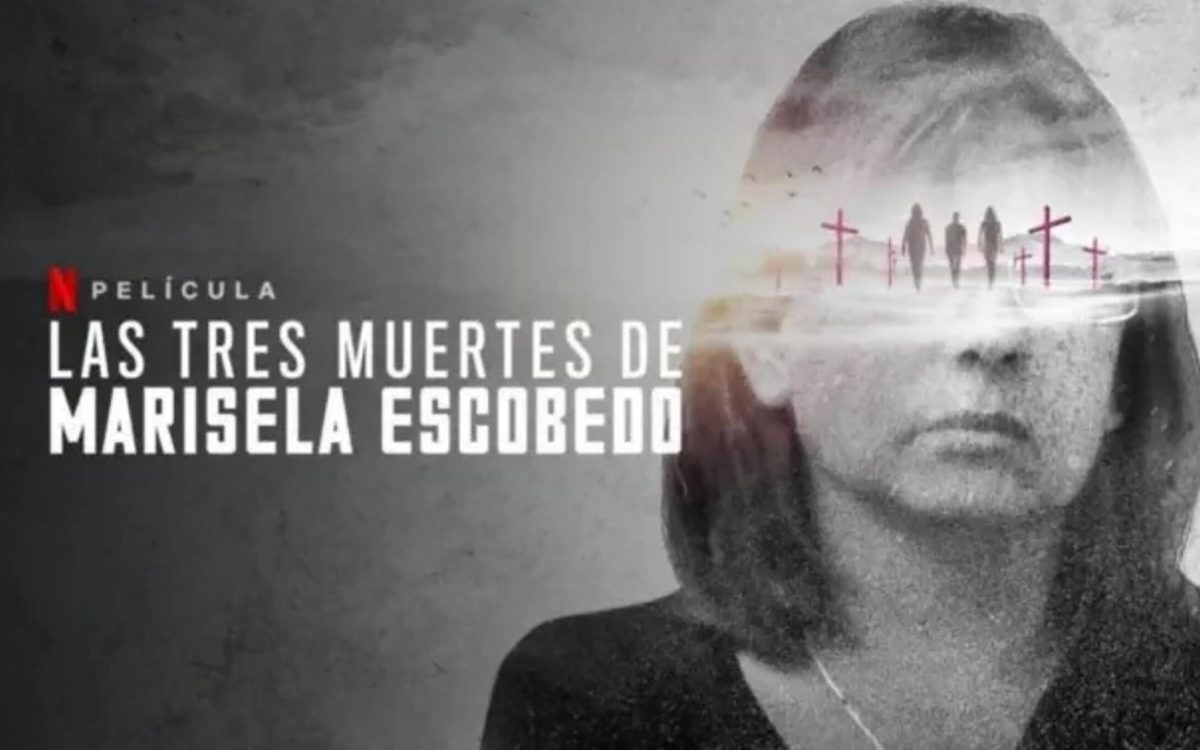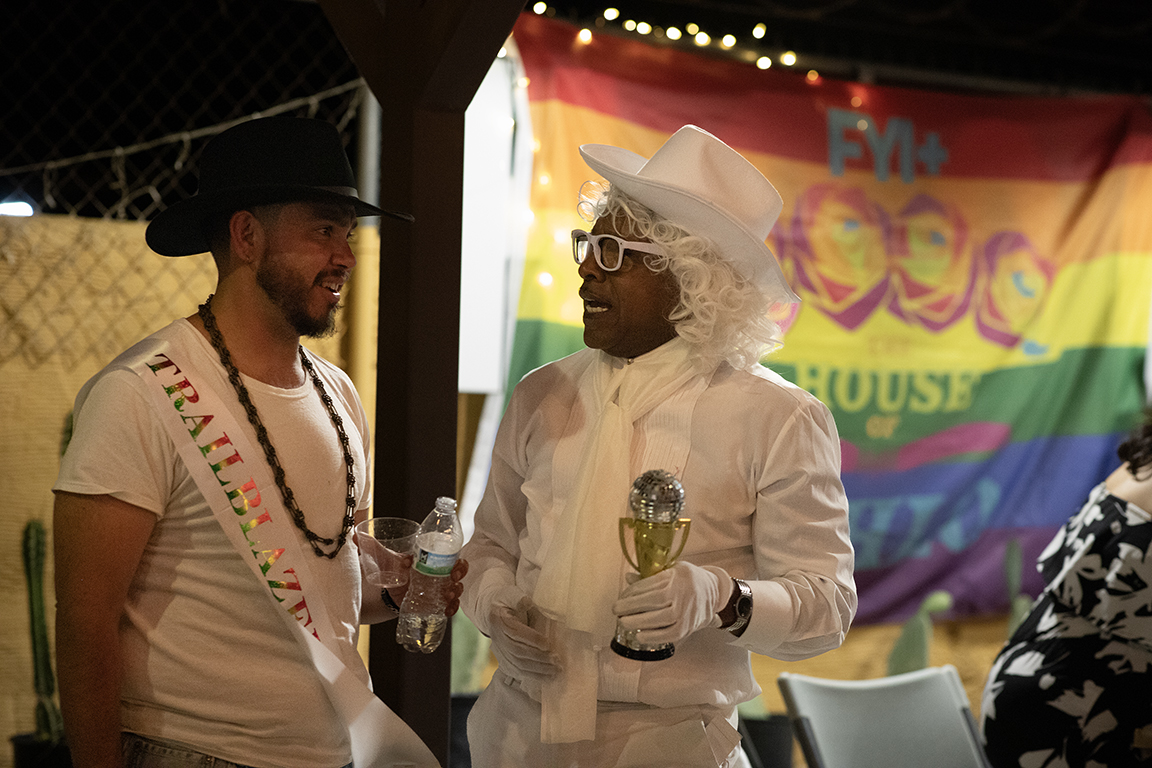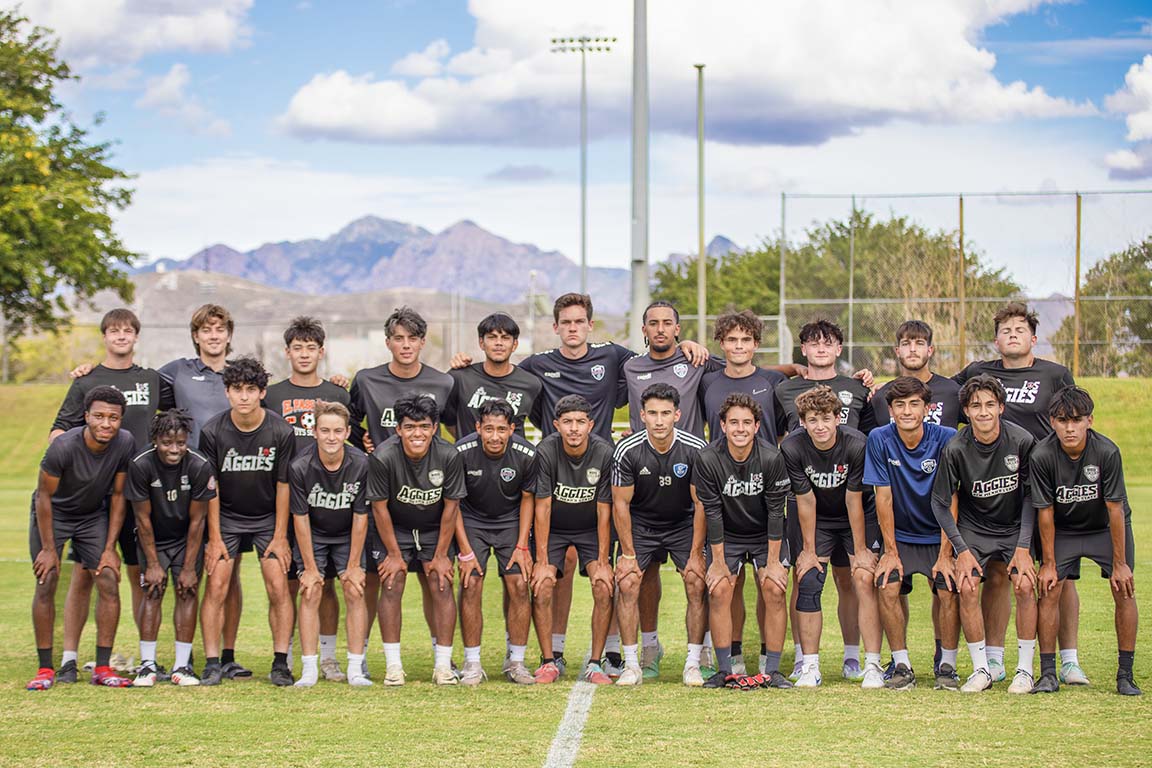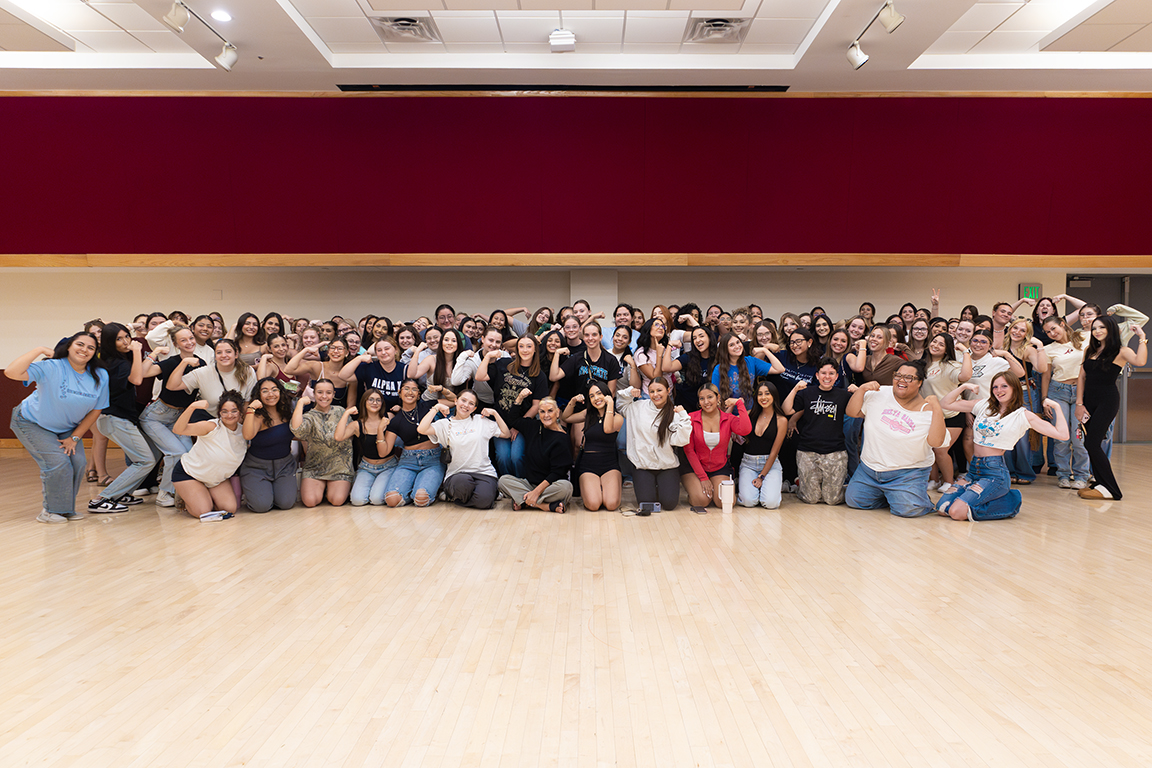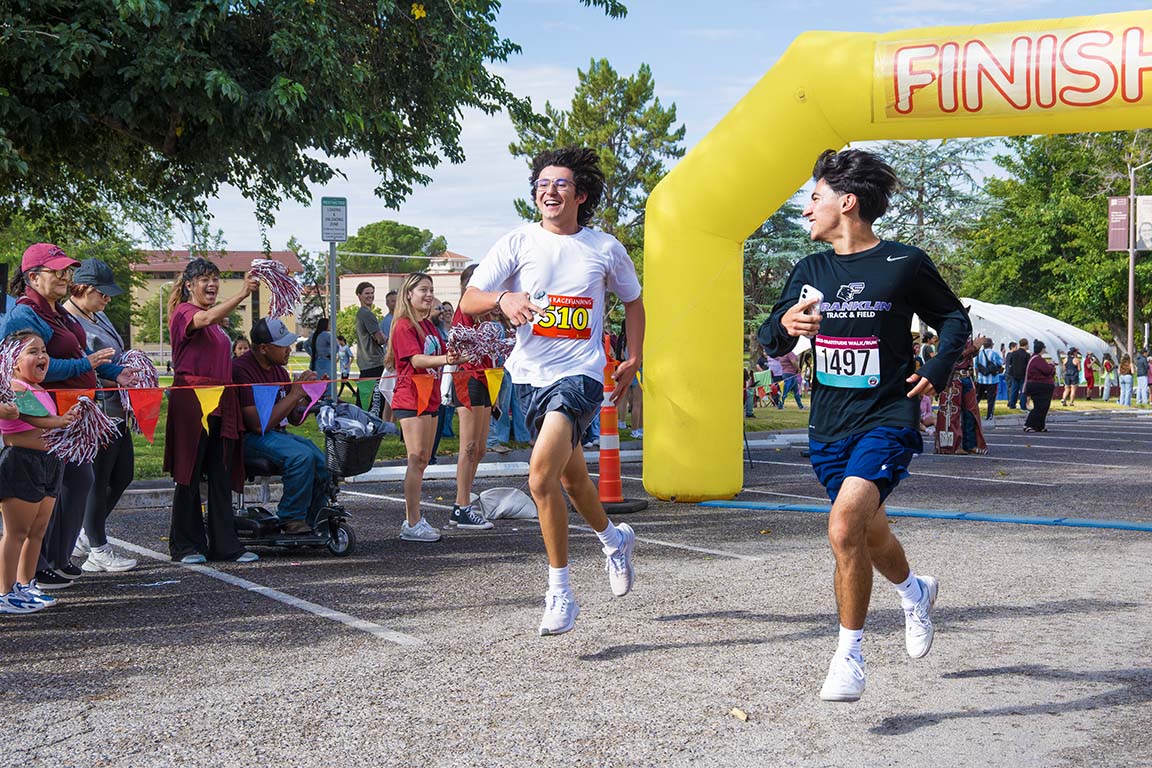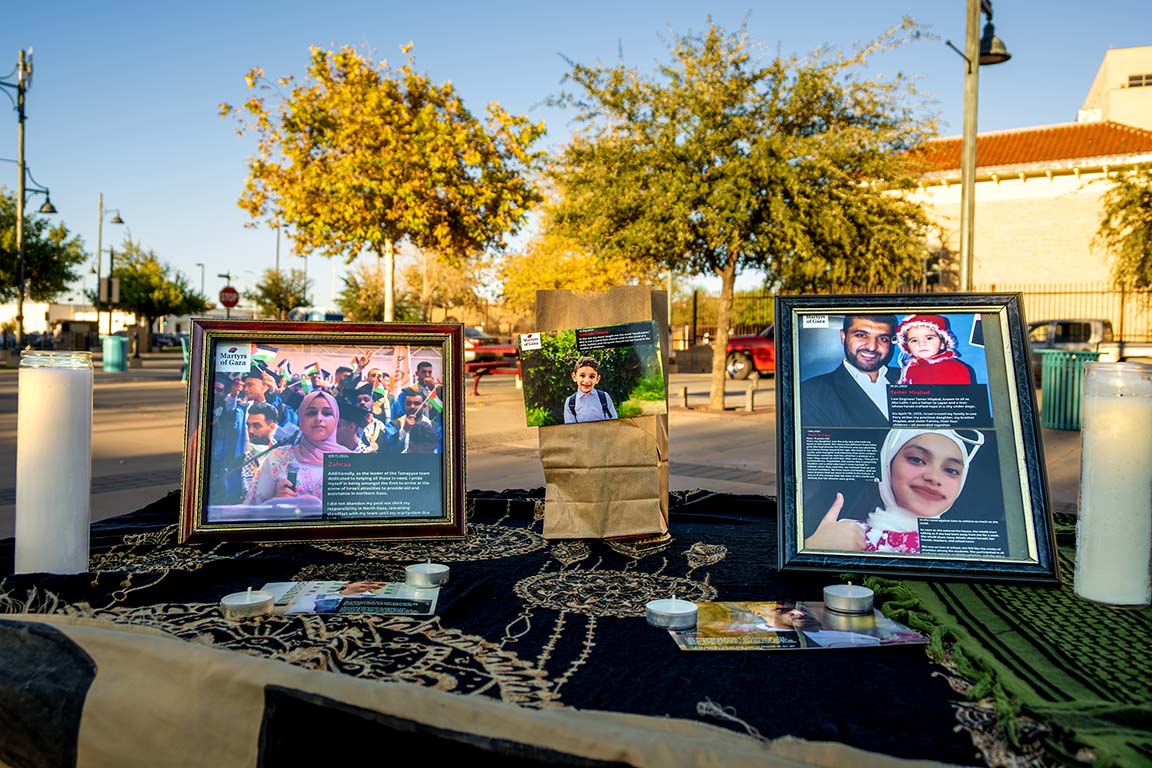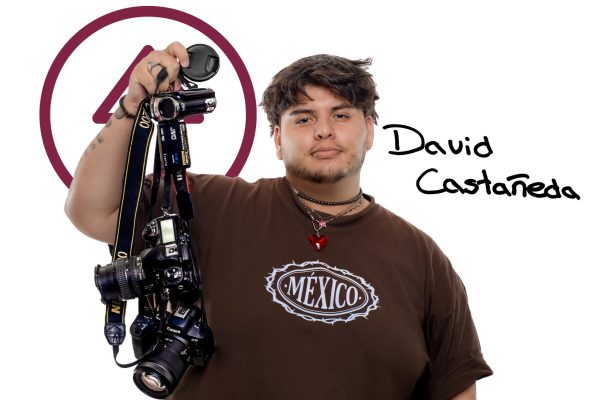Inefficient judges, negligent officials and a complicit government are some of the obstacles that individuals must overcome when fighting for gender equality in Mexico, along with the incessant pain of losing a loved one. NMSU students had the chance to contemplate one of the most jarring cases of feminicide that happened just 56 miles away.
The documentary Las Tres Muertes de Marisela Escobedo (The Three Deaths of Marisela Escobedo) was selected for a screening at the CMI Theater located in Milton Hall on Wednesday, March 6 as part of the Latine week list of events.
“This event was an initiative student-centered,” said Rio Lopez, director of Chicanx programs.
The documentary was released in 2020 through the streaming platform, Netflix, and narrates the story of a mother who becomes an activism icon for fighting for justice and the punishment of his son-in-law for the assassination of her 16-year-old daughter, Rubí in 2008.
“I wanted to share a film that kind of encompassed what 8 de Marzo, or International Woman’s Day, really means to us not only in the borderlands but in America,” said Karla Robles-Guzman, the student organizator of the event.
The name of the film refers to the three instances where Marisela Escobedo faces severe, life-threatening tragedies. The first one being when she finds out about her daughter’s murder, the killer being set free after the evidence was inculpatory was undoubtedly the second blow, and the third one being her actual death in 2010. She was shot in front of the Government Palace of Chihuahua while conducting a sit-in to demand the arrest of Sergio Barraza, her daughter’s killer.
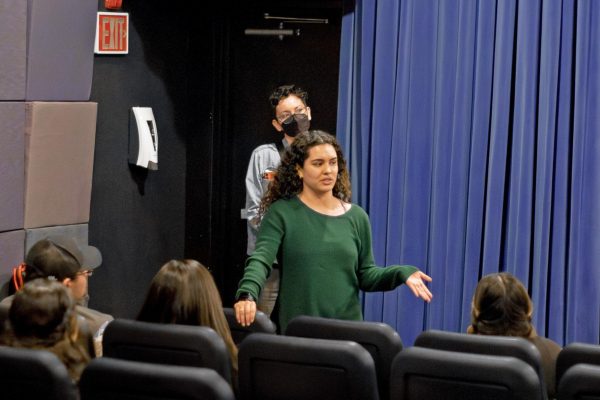
The film underlays a bigger problematic that harms women worldwide in heartbreaking numbers. Feminicide/femicide is the most vicious manifestation of gender violence. It is defined by UN Women as an intentional killing with a gender-related motivation, femicide may be driven by stereotyped gender roles, discrimination towards women and girls, unequal power relations between women and men, or harmful social norms.
On average, 10 feminicides occur daily according to the National Institute of Statistics and Geography (INEGI), though it is important to note that these figures may not capture the full extent of feminicide due to underreporting and other factors. In Mexico alone, 243 women over the age of 18 are raped daily, without considering the alarming underage cases that take place all over the country. The impunity and failures of the Mexican justice system is tainted and hunted by relentless fights, like the one of Escobedo.
While progress on the issue has been minimal, stagnant and impunity clearly prevails, activism has grown tremendously. The Mexican movement against feminicide emerged in 1993 following a tragic incident of mass feminicide in Ciudad Juarez. Alma Farel, a maquiladora (factory) worker, became the first documented victim of feminicide, sparking outrage and mobilizing to address the violence of the region.
“Having these spaces is very meaningful because you feel very separated from your reality,” said Sofia Reynoso, an NMSU student from Ciudad Juarez. “No one is talking about it but here we are, a lot of like Chicanas feeling that movement…Growing up just like normalizing violence and then realizing that it’s not normal and that we deserve justice is a lot.”
The resistance is marked by the now emblematic 8M marches around the country led by feminist groups and collectives and transnational movements such as Ni Una Menos.
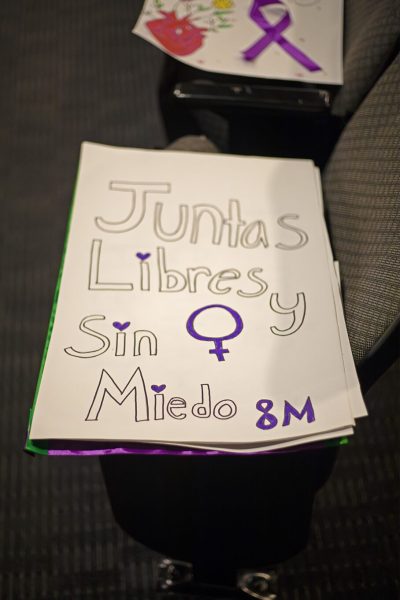
“A lot of our students do go to la marcha, a lot of us are impacted by these violences, myself included right, in different ways,” said Lopez. “So, it’s very important to acknowledge that reality in students and also to identify ways in which we can bring visibility.”
Activists and organizations in Mexico have been working to push for legal reforms along with grassroots organizations and community initiatives. Artists, writers, performers, filmmakers, and journalists have also used their platforms to raise awareness such as Carlos Perez Osorio director of the documentary along with Karla Casillas and Alejandro Melgoza, journalists who conducted thorough investigations for the film.
“It really touches me because I grew up in Juarez, it touches me because I have been there in Chihuahua. I saw like the memorial, all the stuff that they put there for Marisela,” said Reynoso.
Escobedo was commemorated with a plaque that lays where she was shot and killed. Protesters and activists make sure to place wreaths and candles in the site in remembrance despite the government’s placement of dozens of metal fences around the State Government Palace in Chihuahua City this year.
A survey was conducted at the end of the film projection. The objective is for Chicanx programs to gather accurate data to offer students educational and qualitative content that can create awareness within the community.
“It’s just not talked about enough being so close to Mexico and I just wanted to bring some awareness here on campus given that we are so close, yet the experiences of women are not being talked about,” said Robles-Guzman.


